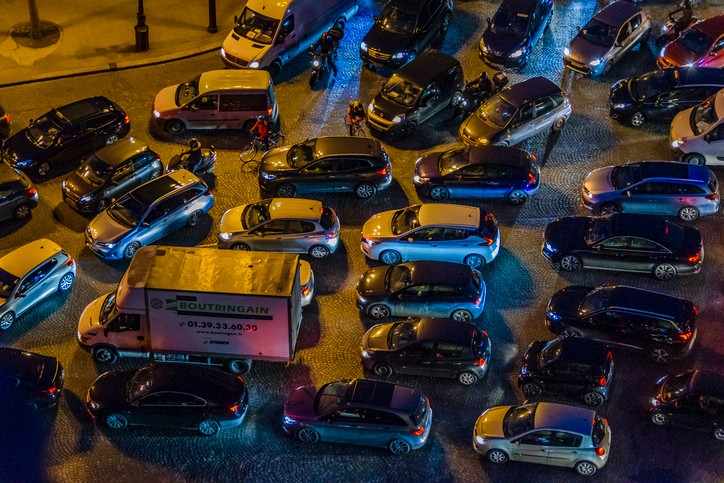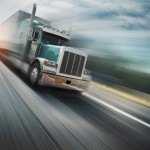Multi-car accidents are complicated, particularly when they lead to extensive injuries and damages. In Massachusetts, where unpredictable weather and high traffic conditions often contribute to multi-car collisions, determining fault can be a challenging process. Establishing fault in a multi-car pile-up requires careful analysis and often the assistance of experts who can reconstruct the event to reveal exactly what happened and who was responsible. At Altman Nussbaum Shunnarah, we understand the complications involved in such cases and are committed to helping accident victims pursue the compensation they deserve.

What is a Multi-Car Pile-Up?
A multi-car pile-up results when three or more cars are involved in a chain of collisions, often set off by a single incident. This type of accident typically happens on highways or busy intersections where vehicles travel in close proximity and at higher speeds, leaving little time for drivers to react. These accidents can be caused by a variety of factors, from sudden stops to hazardous road conditions. Each vehicle involved in a pile-up may be struck multiple times. This only further complicates the process of pinpointing fault.
In Massachusetts, where the legal principle of “comparative negligence” applies, assigning fault in these accidents becomes even more complicated. Comparative negligence means that each driver’s level of responsibility will be assessed in terms of their actions leading up to the accident. In cases of multi-car pile-ups, determining this responsibility requires a thorough understanding of Massachusetts traffic laws, the sequence of events, and often the assistance of accident reconstruction experts.
Key Factors in Determining Fault
Assigning fault in a multi-car accident involves looking at specific details of the incident. The following factors often play a significant role:
- Sequence of Impact
Identifying the order in which vehicles collided can help clarify who caused the initial impact and whether subsequent collisions were unavoidable. For example, if a driver loses control and rear-ends another vehicle, causing a chain reaction, that driver may be found primarily at fault. Law enforcement officials, insurance companies, and attorneys often work with accident reconstruction experts to piece together the sequence of events. By examining skid marks, vehicle damage, and the positions of the cars involved, these experts aim to clarify how each collision unfolded.
- Driver Behavior
Driver actions leading up to the collision are carefully scrutinized to determine fault. Was any driver speeding, distracted, or impaired at the time of the accident? Even seemingly minor actions can shift liability. Massachusetts law requires drivers to operate their vehicles in a reasonably careful manner, and any breach of this duty can be a factor in fault assignment. If a driver was following too closely or texting while driving, these actions could increase their share of liability in the accident.
- Weather and Road Conditions
Poor weather, such as snow, rain, or fog, can contribute to a pile-up by limiting visibility and reducing tire traction. While inclement weather alone does not typically absolve a driver from responsibility, it does serve as a consideration in assigning fault. In Massachusetts, where winter weather often makes roads hazardous, drivers are expected to adjust their behavior accordingly. A driver who fails to slow down on an icy road may bear increased liability, especially if their actions contributed to the initial collision.
- Vehicle Maintenance Issues
Fault in multi-car pile-ups is not always solely based on driver behavior. Mechanical issues, like brake failure or tire blowouts, can also play a role. If a vehicle involved in the accident was not properly maintained, the driver could be partially liable for resulting damages. For instance, if a car with worn-out brakes causes the initial impact, that driver may be found at fault for not taking appropriate measures to keep their vehicle safe on the road.
Evidence Collection in Multi-Car Pile-Ups
Gathering evidence is essential in establishing fault in a multi-car accident. Key pieces of evidence often include:
- Police reports: Law enforcement officers will typically document their findings in a report detailing the positions of vehicles, witness statements, and any citations issued at the scene. This report often serves as a foundational piece of evidence for determining fault.
- Surveillance and dash cam footage: Video footage from nearby security cameras or dash cams can provide invaluable information, capturing the exact sequence of events. In multi-car collisions, video evidence can clarify which vehicle initiated the chain reaction.
Get in Touch with Us Today
At Altman Nussbaum Shunnarah, we are dedicated to providing comprehensive support to accident victims throughout the state. We believe every client deserves dedicated representation and an advocate who will work tirelessly to achieve the best outcome. Get in touch with us today.




